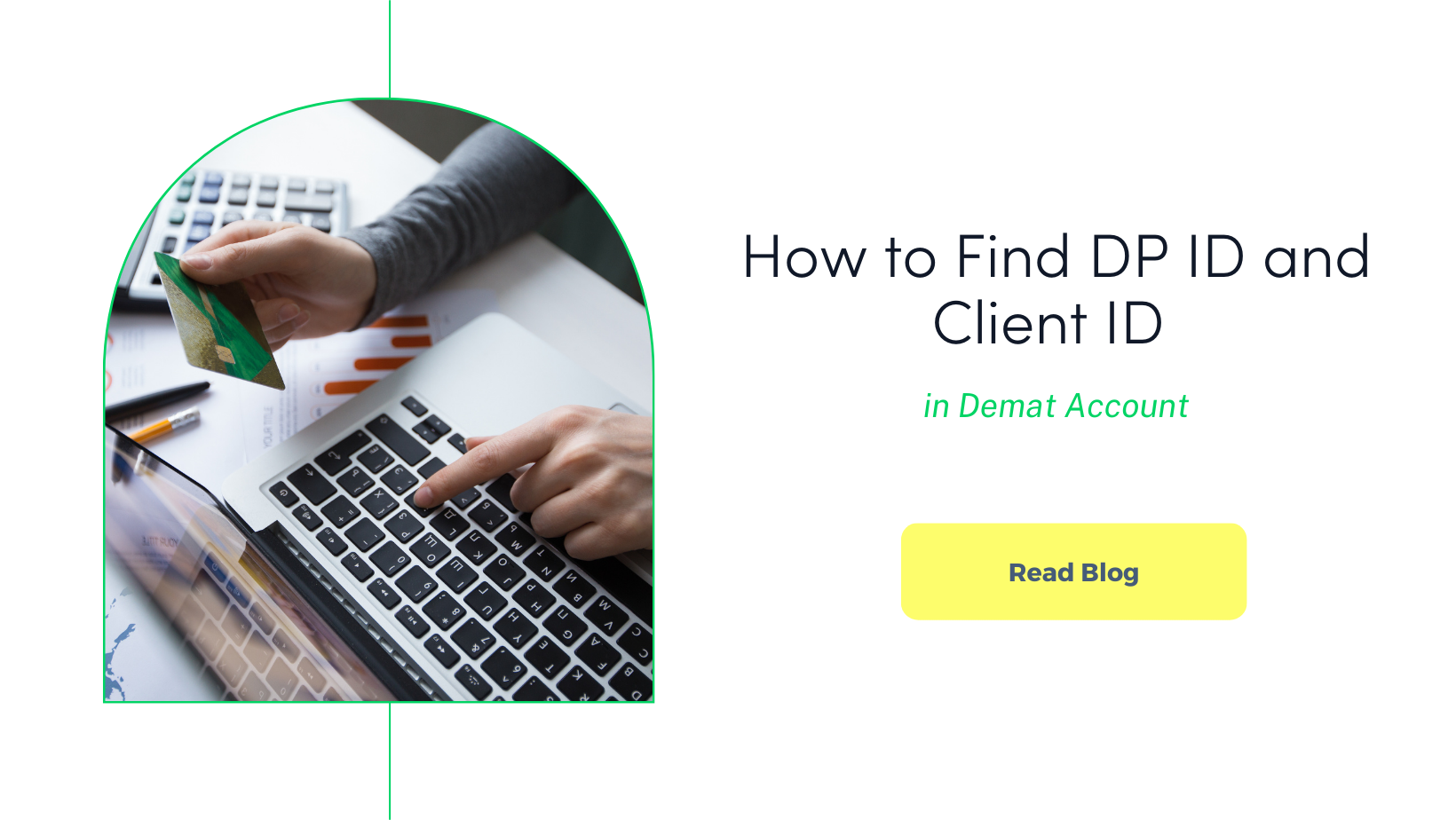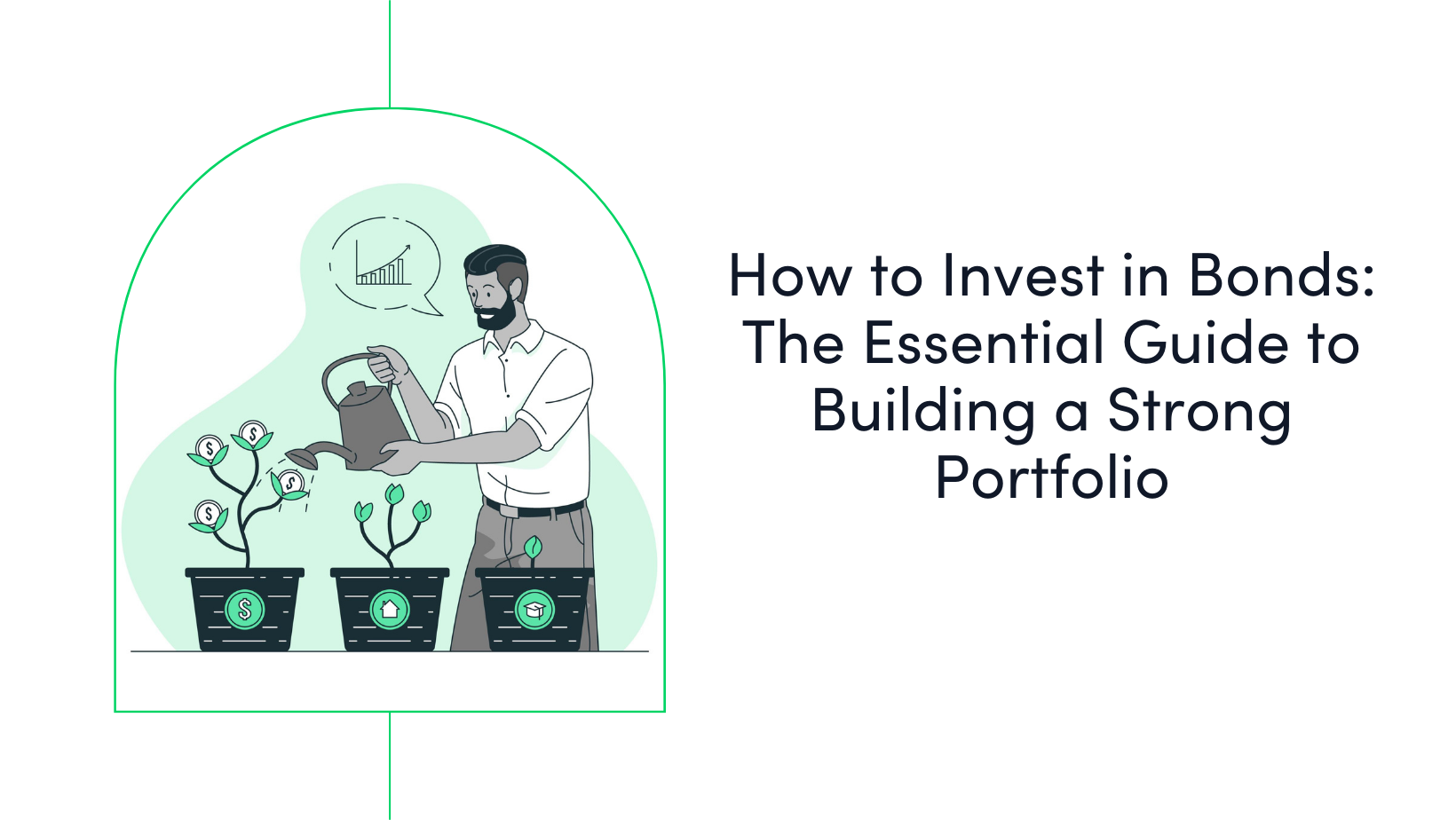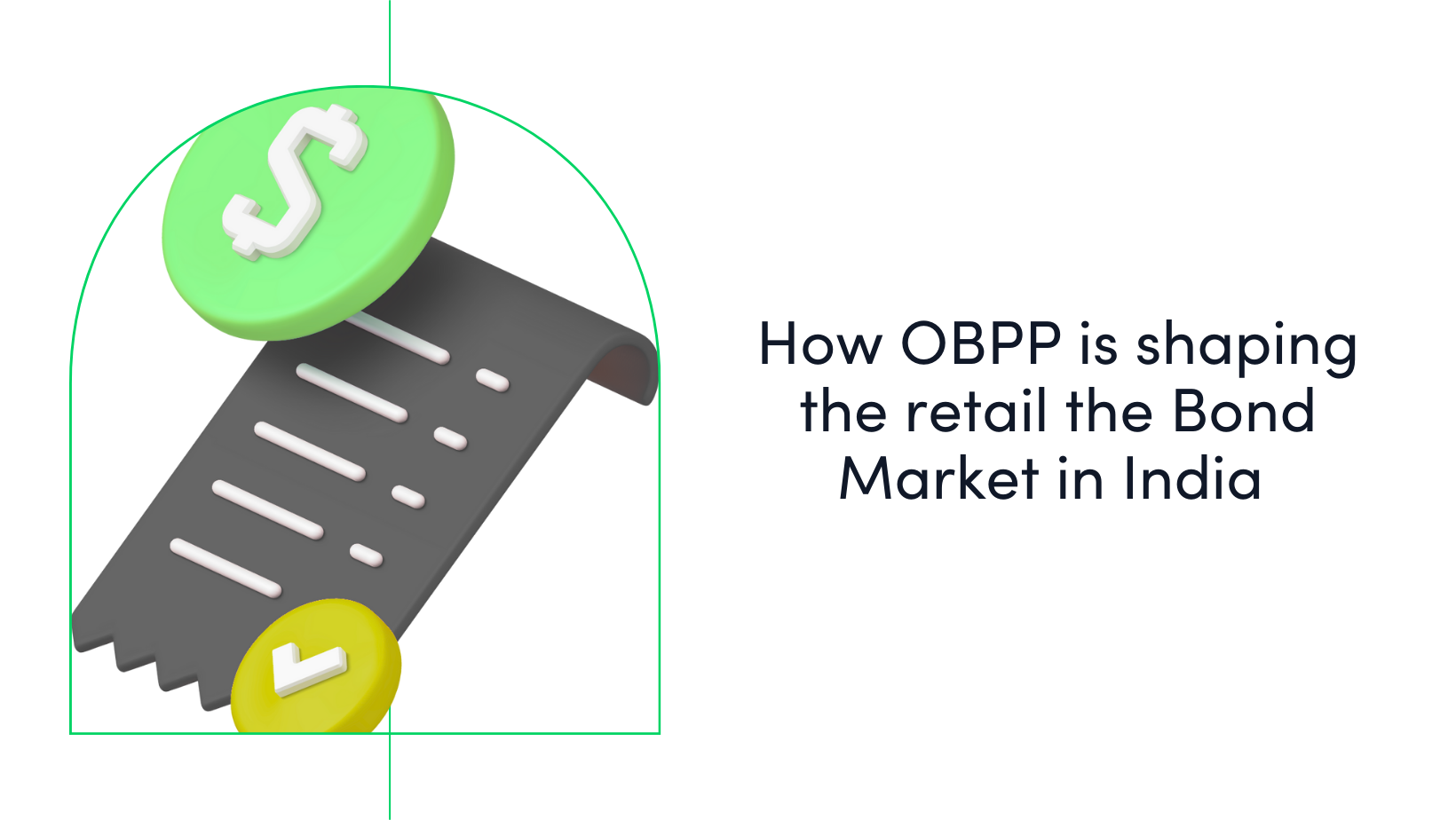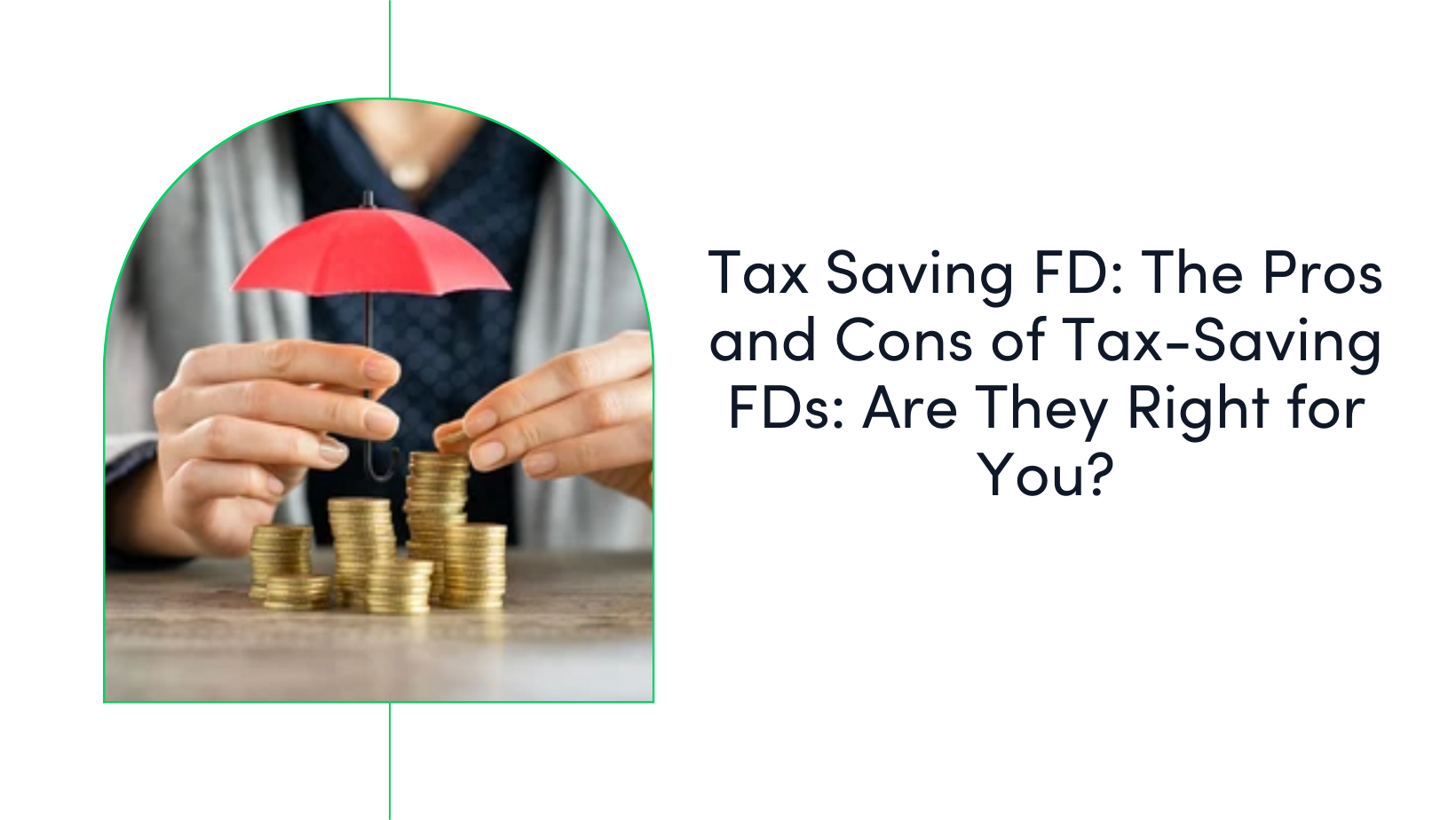Earn 9%–15% on Senior Secured Bonds.
Lower risk. Fixed returns. Start investing on Aspero with just ₹10,000.
Explore Bonds

What Are DP ID and Client ID in NSDL and When Do You Need Them

dp id and client id
Every Demat account in India is uniquely identified by two essential identifiers: the DP ID and the Client ID. These IDs help you access and manage your investments, making sure your holdings are safely tracked and smoothly handled within the depository system.
Whether you’re applying for an IPO, linking your Demat to a new trading platform, or downloading your CML copy, these two IDs are essential.
In this guide, we’ll break down what is DP ID and client ID in NSDL, how they differ and when you need them.
What is Client ID in Demat Account?
Client ID is an 8-digit unique code assigned to you by your Depository Participant (DP), such as a bank or brokerage, when you open a demat account.
The Client ID d is often referred to as the beneficiary ID or BO ID. It distinguishes your individual account from others, ensuring that your holdings and trades are accurately recorded and credited to you.
In the structure of a demat account number, the Client ID in NSDL forms the last eight digits of the 16-digit demat account number (for both NSDL and CDSL accounts).
For example, if your full demat number with NSDL is IN30226912345678, then your Client ID is 12345678.
When Do You Need Client ID?
Your Client ID and DP ID are required for several important activities related to your Demat account and securities management.
Here are the main situations where you will need to use your Client ID:
-
To buy or sell shares and apply for IPOs
When executing trades or applying for new share issues, your DP ID and Client ID are used to identify your demat account. This ensures correct credit or debit of securities.
-
To download or share your CML
Client Master List (CML) in demat is a detailed statement issued by your broker that acts as a verified proof of your demat account ownership. It is often required when submitting KYC documents, applying for IPOs, or investing in fixed-income instruments like bonds.
You need your Client ID and DP ID to request or download this document from your broker or DP, which is often required for off-market transfers or account verification.
-
For KYC processes across investment platforms.
Investment platforms and brokers require your Client ID during Know Your Customer (KYC) verification to authenticate your identity and link your demat account for transactions.
-
When linking your demat account to trading platforms
To connect your demat account with a trading account, you need to provide both your DP ID and Client ID. This enables seamless transfer and settlement of securities between accounts.
-
To close or transfer a demat account
If you wish to close your demat account or transfer your holdings to another account, you must mention your Client ID and DP ID in the account closure or transfer forms. This ensures your securities are correctly moved or your account is properly closed.
What is DP ID in Demat Account?
DP ID, or Depository Participant Identification, is a unique identifier assigned to your DP (such as your broker or bank) by the depository, which can be either NSDL (National Securities Depository Limited) or CDSL (Central Depository Services Limited).
This code tells you which broker or institution is managing your demat account and ensures that all transactions are routed through the correct intermediary.
For accounts held with NSDL, here’s how to find DP ID:
The DP ID always begins with “IN” followed by six digits (for example: IN123456). In contrast, CDSL DP IDs are purely numeric and consist of the first 8 digits of your 16-digit demat number (for example: 12081600xxxxxxxx)
What is the Difference Between Client ID and DP ID
| Parameter | DP ID | Client ID |
| Assigned To | Depository Participant (Broker) | Individual account holder |
| Used For | Backend identification of DP | KYC, IPOs, Demat services |
| Format (NSDL) | 8-character alphanumeric (e.g., IN302269) | 8-digit numeric |
| Format (CDSL) | First 8 digits of 16-digit demat number | Last 8 digits of 16-digit demat number |
| Visibility | Same for all clients under the same DP | Unique for each account holder |
| Purpose | Identifies the broker with the depository | Identifies the specific account |
| Role in Transactions | Used to route transactions to the correct DP | Used to credit/debit securities to the correct individual account |
| Combined Use | Forms the 16-digit demat account number | Used in transactions and KYC |
| Changes When | You change your broker or DP | You open a new demat account with a different DP |
How to Find DP ID and Client ID?
You can easily locate the client ID and DP ID through the following ways:
1. Broker’s dashboard
- Log in to your demat account.
- Go to Profile > Demat Details — it’ll show your 16-digit demat number.
- Your DP ID is the first 8 digits and Client ID is the last 8 digits.
2. Contract note/CML copy
Both your DP ID and Client ID are mentioned in:
- Your trade confirmation contract note.
- The Client Master List (CML) downloaded from your broker’s platform.
3. NSDL/CDSL statements
Log in to NSDL CAS or CDSL portals with PAN to view your holdings and IDs.
Conclusion
DP ID and Client ID are fundamental components for anyone managing a demat account and engaging in trading activities. Understanding these identifiers not only ensures the smooth execution of your buy and sell orders but also makes processes like KYC verification and linking your demat account to various investment platforms much more efficient.
If you’re looking to diversify your portfolio beyond stocks, platforms like Aspero offer a convenient way to invest in fixed-income securities, such as bonds. This opens up new opportunities for stable and secure investments, all while leveraging the same account details you use for equities.
Invest directly without any hassle using your demat credentials and get access to high-yield, low-volatility investments!











